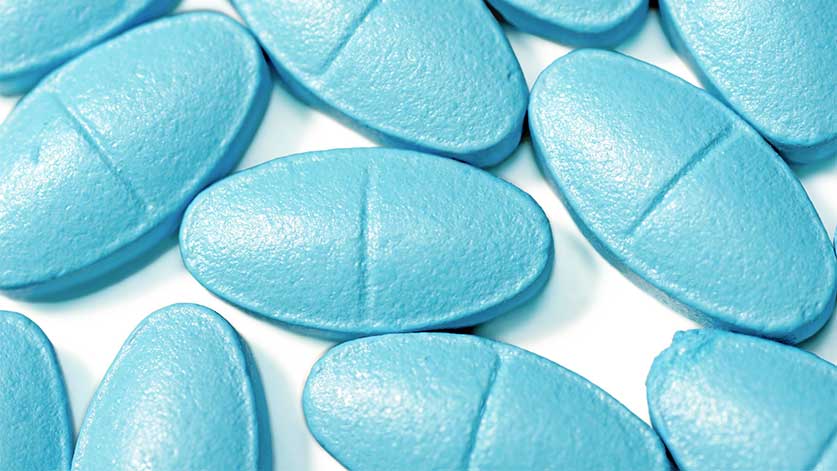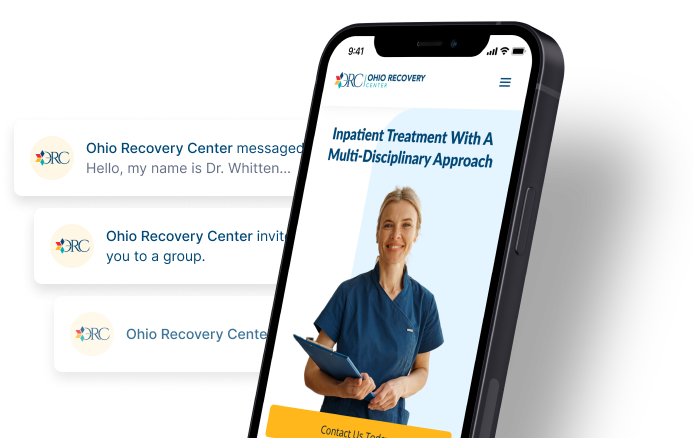Halcion (Triazolam) Withdrawal Symptoms | Timeline & Detox
Like other benzodiazepines, Halcion causes severe withdrawal symptoms that require a gradual, medical detox to prevent the risk of long-term damage or fatality. Common symptoms of Halcion withdrawal include seizures, depression, and elevated blood pressure.

Halcion is the brand name for the benzodiazepine triazolam. It’s commonly used for the short-term treatment of sleep disorders like insomnia and as a general sedative.
Benzos like Halcion work by binding to GABA receptors in the brain and increasing the amount of the neurotransmitter gamma-aminobutyric acid (GABA). This increase slows down central nervous system activity, allowing you to sleep more easily.
Halcion abuse or a period of long-term use can lead to physical dependence. As a result, intense withdrawal symptoms can occur and last for weeks when you stop use, which makes abstinence difficult and relapse more likely.
Thankfully, the detox process can be more comfortable with the help of medical professionals.
Halcion Withdrawal Symptoms
When you stop taking Halcion after long-term use, after taking it in high doses, or after drug abuse, withdrawal symptoms can occur.
Some of the most common withdrawal symptoms and side effects of Halcion may include:
- seizures
- anxiety
- dizziness
- increased blood pressure
- shaky hands
- headaches
- hallucinations
- fever
- fatigue
- nausea and vomiting
- restlessness
- irritability
- confusion
- fast heart rate
- abdominal cramps
- muscle spasms
- depression
- sweating
- rebound insomnia
Factors Affecting Triazolam Withdrawal
It’s difficult to know how long the withdrawal process will last or how severe symptoms will be. However, there are some factors that can determine the length and severity of your withdrawal symptoms.
These factors may include:
- previous experiences with benzodiazepine withdrawal
- pre-existing physical or mental health issues like anxiety or depression.
- how long you’ve been taking Halcion
- the dosage you take
- how often the drug was taken
- whether or not you’re taking other drugs
- overall health
- history of relapse or addiction
- age
Halcion Withdrawal Timeline
While every person’s withdrawal experience will be different, there is a general Halcion withdrawal timeline you can base your experience on.
5-24 Hours After Last Dose
Since the half-life of Halcion is short, you may experience your first withdrawal symptoms within the first 5-12 hours after last use. Early symptoms can include anxiety and insomnia.
2-4 Days
Anxiety and insomnia may worsen and you may start to experience nausea, vomiting, headaches, tremors, exhaustion, muscle cramps, and shakiness at this stage. This is also usually when the symptoms are at their worst and when a relapse is most likely to occur.
5-10 Days
At this point, you may still experience tremors, depression, insomnia, and general discomfort, but the symptoms will likely begin to fade or become less intense.
10+ Days
Symptoms will continue to gradually decrease but anxiety, depression, and drug cravings may continue. You may need to seek addiction treatment and professional help to deal with these issues.
1 month
In rare cases, withdrawal symptoms may continue for a month or longer. This is known as post-acute withdrawal syndrome (PAWS). Further treatment may be needed to address this issue and to help you maintain long-term abstinence.
Halcion Detoxification
Going through a detox program with the help of medical professionals can ensure you avoid dangerous withdrawal symptoms and make the whole process more comfortable. Quitting cold turkey is not recommended because some withdrawal symptoms can be life-threatening.
Medical Detox & Tapering
Medical detox from Halcion is typically done via tapering.
With tapering, your healthcare provider has you take lower and lower doses of Halcion until you can stop use without experiencing withdrawal symptoms. Or, they will put you on a long-acting benzodiazepine (Halcion is a short-acting drug) and then have you taper with that medication.
If any withdrawal symptoms do occur, healthcare providers can prescribe other medications to help ease those specific symptoms.
Treatment At Ohio Recovery Center
If you or a loved one live with substance use disorder related to Halcion, Ohio Recovery Center is here for you.
Our experienced staff can help you build a customized treatment plan that will determine the daily schedule of your treatment program. Some of the addiction treatment options we offer include medical detox, inpatient drug rehab, and aftercare.
For more information, please call our helpline today.
- Food and Drug Administration (FDA) https://www.accessdata.fda.gov/drugsatfda_docs/label/2021/017892s056lbl.pdf
- National Library of Medicine: DailyMed https://dailymed.nlm.nih.gov/dailymed/drugInfo.cfm?setid=a0da0dba-a56d-486b-a45b-e8a7cdfbeac6
- National Library of Medicine: MedlinePlus https://medlineplus.gov/druginfo/meds/a684004.html

